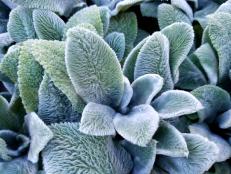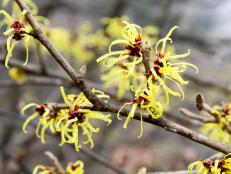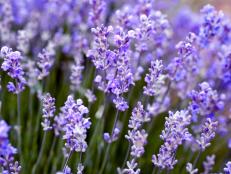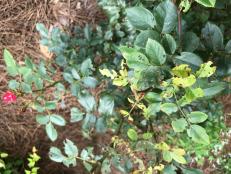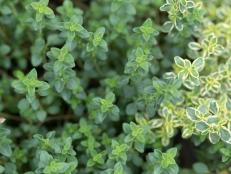Silver Bush Lupine

Silver bush lupine dwells on precipitous ground. Its blossoms evoke the indigo hues of the Pacific Ocean, the endangered Mission Blue Butterfly and Levi's jeans. It may be the largest of its clan, a distinctive California native that clings to south-facing slopes in the most barren soils imaginable.
Such land is too steep to hold a great deal of surface water in the root zone. Rain sheets off so quickly it barely soaks into the ground. Soils here are perpetually eroding. Mealy granite decomposing into porous infertile material offers little nutrition to lupine roots. Shale and crumbling sandy palisades along the coastline all present the same Spartan conditions. And yet this is where silver lupine thrives.
The key to understanding lupine lies in two factors. First is that the plant's pea-shaped flowers indicate that it's a legume, and therefore has the ability to tap the atmosphere for its nitrogen supply. Nearly all other perennials must find their nitrogen in the soil to support stem and leaf growth. Silver lupine, though, may grow happily in these nutritionally deficient decomposing rocky soils without any concern for malnutrition.
The second factor is that decomposing rocky soils are not solid underground, but riddled with faults and fissures. Water falling on the mountain above may filter down into these irregularities in the rock. It will travel with gravity to where the lupine sinks its roots, up to 20 feet deep into these pockets of sand and gravel. There soil moisture is not subject to surface evaporation, trapping it year 'round. Even in the hottest days of summer, when that slope is baked hard and dry, the lupine roots are protected from the ravaged surface in a sequestered subterranean root zone. This is the key to life in such inhospitable locations.
In the Sierra Nevada, bush lupine can be found from elevations about that range from 1,000 to about 3,000 feet. On the southern California coastal ranges they are found even lower. Semi-woody branching produces a three-foot-tall and -wide plant that is outstanding for naturalized slope planting schemes. Its name was inspired by the beautiful silvery foliage that reflects moonlight. But it is the abundant blossoms that are truly outstanding.

Shades of dark indigo to medium azure top the foliage with dozens of standup flower stalks. They are long-lasting and will produce pea pods filled with seed that can be used to start new plants. Lupine seed germinates best in a porous sandy soil mix.
Silver lupine plants are not easy to find, but others of their kin are widely available. You can find them online from Annie's Annuals at www.anniesannuals.com. A venerable company, Peaceful Valley Farm and Garden Supply sells "Lupinus albifrons" online at www.groworganic.com.
It is best to buy these and all natives in small container sizes before their roots are fully developed. The longer they live in a container, the more compacted the roots become. A dense root ball hinders their venturing into native soil, thus limiting access to deep soil moisture.
This and all other nursery-grown perennial lupines will become highly drought-tolerant with time. In the first few summers, plan to augment its late season water to help it through the droughts. Create watering basins so you can concentrate water right over the root ball. Then fill the basin up many times in a row to ensure that water penetrates as deeply as possible. Wait until conditions are thoroughly dry before watering in the same way the next time. It helps to apply a loose layer of mulch around the base of the plants to keep roots cool and reduce surface evaporation.
Lupine is perhaps the most majestic perennials of the west. Its candelabras of indigo hues are horticultural icons of California. From San Francisco to the Goldfields they bloom spectacular, and no doubt inspired Levi Strauss' choice of blue denim for that famous pair of jeans.
(Maureen Gilmer is a horticulturist and host of Weekend Gardening on DIY-Do It Yourself Network.)






